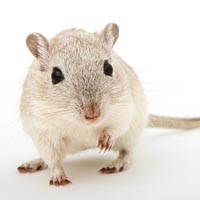Morphofunctional, viability and antioxidant system alterations on rat primary testicular cells exposed to simulated microgravity

Accepted: October 16, 2021
All claims expressed in this article are solely those of the authors and do not necessarily represent those of their affiliated organizations, or those of the publisher, the editors and the reviewers. Any product that may be evaluated in this article or claim that may be made by its manufacturer is not guaranteed or endorsed by the publisher.
Authors
This study focused on effects induced by Short-term Simulated Microgravity (SMG) condition on primary cell culture from pre-pubertal Wistar rats testis. Cells were analyzed for cytoskeletal and Sex Hormone Binding Globulin (SHBG/ABP) changes by immunofluorescence technique, for antioxidant system exploiting RT-PCR and cell viability. Cells were cultured for 6 and 24h on a three-dimensional clinostat, Random Positioning Machine (RPM). At the end of each experiment, once stopped the RPM rotation, cells were either fixed in paraformaldehyde or lysed and RNA extracted. In cells exposed to SMG the cytoskeleton became disorganized, microtubules fragmented and SHBG was already undetectable after 6h of treatment. Moreover, various antioxidant systems significantly increased after 24h of SMG exposure. Initially, SMG seemed to disturb antioxidant protection strategies allowing the testes to support sperm production, thus generating an aging-like state of oxidative stress. Studies on changes induced by short-term altered gravity conditions, carried out in real microgravity, could give more information on steroidogenesis and germ cell differentiation within the testis exposed to this condition and confirm the validity of simulation approach.
How to Cite
PAGEPress has chosen to apply the Creative Commons Attribution NonCommercial 4.0 International License (CC BY-NC 4.0) to all manuscripts to be published.

 https://doi.org/10.4081/jbr.2021.9875
https://doi.org/10.4081/jbr.2021.9875



